The content of the article
No modern kitchen can already be imagined with antediluvian teapots made of aluminum or covered with enamel, and once fashionable teapots with a whistle have also sunk into oblivion, their place is confidently occupied by electric products, firmly taking their positions. There is nothing to be surprised at, progress does not stand still, and devices that are much more attractive than the former in appearance and work much faster and more efficiently. True, they also still need to strive for the ideal, they have such trouble as scum. But it is possible and necessary to fight it, while it is advisable to keep the kettle attractive and efficient.
The reasons for the appearance of scale
It is well known that water is a solution in which not only various salts are present, but also metals and minerals, and when heated, they tend to settle on the heating elements and internal walls.
The speed with which the scale will build up inside the kettle depends not only on the composition of the water in the region of residence, but also on the intensity of use of the kettle. If you use a simple kettle primitively and boil water in it, putting it on a gas stove, then scale formed on the inner surface and at the bottom worsens the thermal conductivity, due to this the gas consumption increases. If the kettle is electric, then the scale deposits only on the heating element, and this can disable the heater; for this reason, it must be removed in a timely manner, and it is very simple to do.
Homemade anti-scale remedies in a kettle
To destroy and wash away scale on the heating element of an electric kettle, there are a large number of methods, and the most ineffective and destructive among them is mechanical scraping. If you try to scrape with a sharp and hard object, for example, a knife, the heating element, it can be damaged, just as you can damage the body of the kettle, after which it will be unsuitable for use. Even if the calcareous deposits inside the device are very thick, you still need to destroy them gradually, otherwise you will have to say goodbye to your favorite kettle and go to the store for a new one.
Chemicals work most efficiently, they cope much better with any layer of scale, make it loose, washable, or dissolve completely. Before starting to remove deposits, the inner surface of the kettle and the heating element must be treated hard with a washcloth, but not of metal! It will be very easy to clean the spiral with the walls after processing with such means:
- The method is simple, effective, it does not take much time. You need to pour water into the kettle and fill in about 20 grams of drinking soda. After waiting for the water to boil, set aside the container and allow time to stand. 20 minutes will be enough. After this, drain the water, pour new and dissolve citric acid in it, a tablespoon with a good slide. Allow the water with acid to boil and turn off the kettle, again allow it to stand for 20 minutes. Part of the scale can dissolve, and what remains remains gains a loose structure and easily lags behind. Now you can easily wash everything inside the kettle with a dishcloth.
- Standard kettles, powered by the mains, hold from 1.5 to 2 liters of water, for this amount you need table vinegar, 6%, about half a liter, pour vinegar into the kettle, then add water to it to the top risks. To loosen the scale and clean the heating element, this composition must be brought to a boil and, having turned off, leave to rest and cool, you can even overnight.In this case, you need to take into account one nuance - a vinegar smell floats in the kitchen, powerful enough, but simple ventilation will help get rid of it.
- Kettles are perfectly cleaned with the help of brine, which remains in the banks after the vegetables are eaten. The liquid contains the same citric acid and the same vinegar, these ingredients just destroy the scum. This is done very simply - brine is poured into the kettle, brought to a boil, cooled, washed. By the way, with the help of a pickle from cucumbers you can remove rusty streaks from iron compounds.
- The removal of potatoes works well on descaling from the kettle, for this they need to be washed well so that there is no sand, then put in the kettle, pour water to the upper level and put to boil. When the water boils, turn off the kettle and let it stand for an hour or two, then rinse thoroughly. If the coating is light, only apparent dust, it is enough to let the apples and pears clean in the teapot and leave for a while.
- You can buy carbonated drinks, such as cola, fanta, sprite and pour into the kettle. They contain phosphoric acid, which in this case works as a descaling solvent, it even copes with persistent calcareous deposits. It is not necessary to boil such liquids, it is enough to let it stand for several hours, then clean it with a hard washcloth and rinse it.
- If oxalic acid is found in the house, it will also work to remove limescale. Fresh sorrel also works well, only it will take more time, because the acid itself is less in the leaves.
What can be done for prevention
In order not to form a thick layer of scale, you need to regularly do kettle maintenance, do not start it, so that a couple of times a year do not spend half the weekend cleaning. It is better to remove a thin layer of deposits once a month, without waiting for the formation of a huge calcareous layer, which itself begins to break off in some places from its own gravity.
When buying, it is better to opt for a model with a closed spiral, or where instead of it a heating disk, it is easier to wash such products. To buy bottled, purified, or filtered water at home, this will bring more benefits to both the teapot and its owners.
Video: how to descale an electric kettle

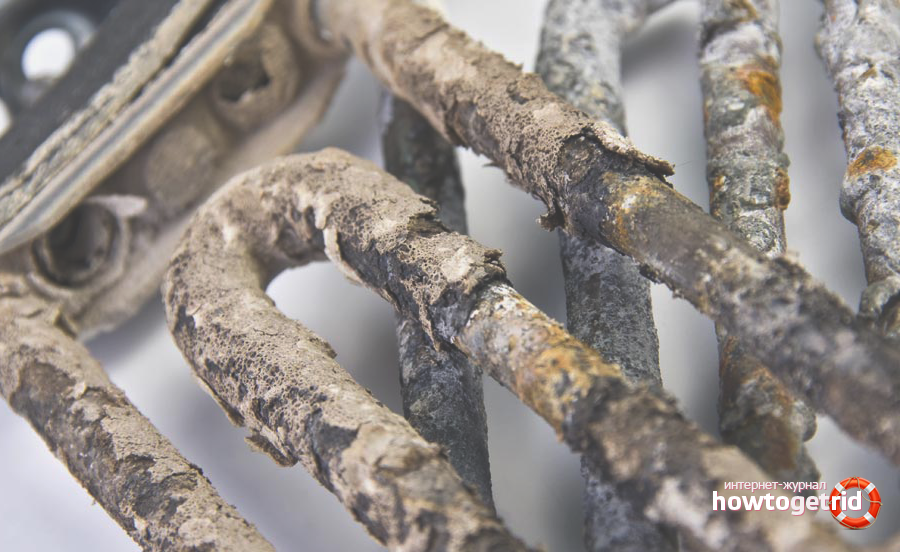
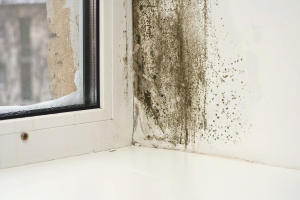

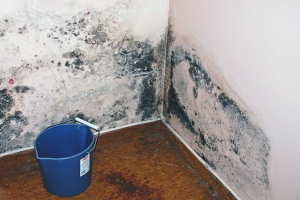

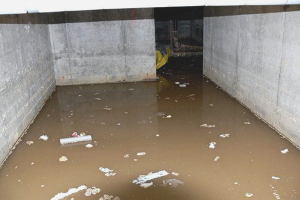
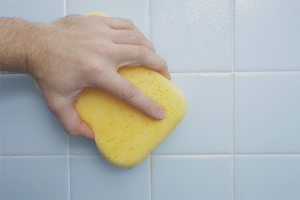
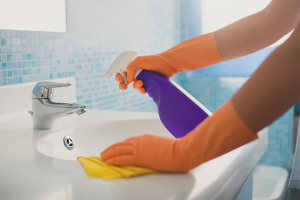

Submit